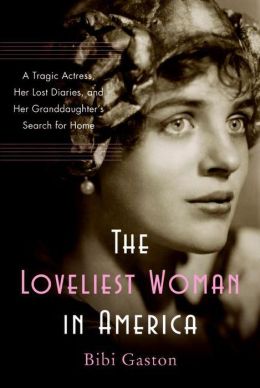In my Story
Sparks newsletter this month I mentioned a dream I had. In it, I was seeking
the female subject for my next novel and into my dream walked Sigmund Freud. In that dream state, I said something like "I wonder what his wife was like?" and
then added that wasn't a good venue for my writing as my stories are set in the
mid 1800s usually, on the frontier, about women in the West and I doubted that Freud ever
crossed the Atlantic let alone the Mississippi. Nor took his wife with him.
This morning, a writer friend of mine, Bibi Gaston,
author of The Loveliest Woman in America
(a book I highlighted some time ago that I truly love!) then sent me this link. It seems Freud did come to America in 1909. He traveled with his colleague Carl Jung and
fellow psychiatrist Sandor Ferenczi to give a series of lectures about
psychoanalysis. Now there's a story! But the article said nothing about their wives joining them,
however.
http://psychology.about.com/od/sigmundfreud/ig/Sigmund-Freud-Photobiography/Freud-in-America.htm
That's pretty typical of women in history,
especially women married to prominent men. When researching I can often find
the names of a woman's husband, brother, father and sons but often a daughter's
name isn't even mentioned. Sometimes there's little about the woman herself, just named as "Joseph Sherar's wife". I call
what I find out then "reflected history" as it's only in the
reflection of the men in their lives that many historical women are remembered.
Unless women wrote diaries that survived, or letters (as with Dorothea Dix)
much of women's history is either eaten or used up. Yes, eaten as they spent
their work-lives baking bread to feed their families or used up by the clothes or quilts they stitched that eventually stuffed couches or covered woodpiles.
Perhaps that's what Virginia Woolf meant when she said "Women's history
must be invented, both uncovered and made up."
Martha
Bernays was 21 when she met Sigmund Freud who was in his 30s and still living
at home trying to earn enough money to support a young wife. Their engagement
lasted four years. Apparently many letters between the two still exist, filled
with ardor and devotion during their long engagement. But once they married, no
more letters. Martha was likely very busy raising their six children while her
husband became more and more prominent causing the great poet W. H. Auden to
write: "if often he was wrong and, at times, absurd, to us
he is no more a person now but a whole climate of opinion" - "In Memory of Sigmund Freud."
I
do wonder about the lives of women married to men bigger than life. I suppose
in part that's what drew me to Cassie Hendricks Stearn Simpson's story in A Gathering of Finches. Cassie was
married to one of the richest men in America at the time, a man who founded North
Bend, Oregon; ran for governor, had his many ships bring back exotic plants from around
the world that he had planted in a five acre garden around Japanese ponds and beneath towering cypress trees listed on historic registers for age. That garden still exists
as a state park known as Shore Acres.
http://www.shoreacres.net/index.php/about-us/shore-acres-state-park.
That book has just been reissued with a more reasonable price so I hope you'll
look for it and visit the gardens. You might look for Bibi Gaston's book as well, a treasure of a memoir about her grandmother.
I still think Martha Bernays Freud might make a good subject for a
novel -- just not mine.



Comments